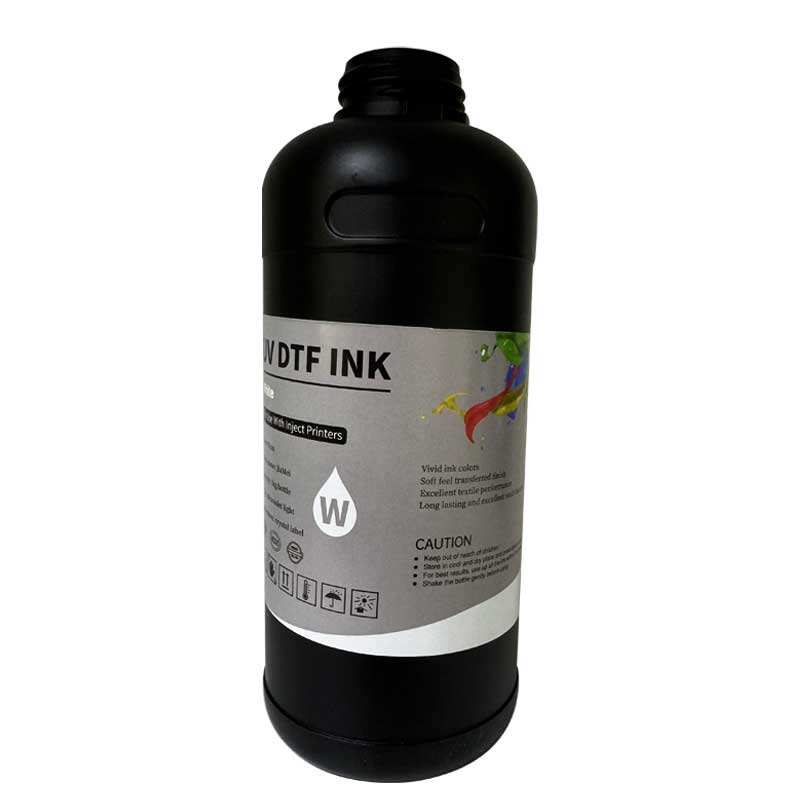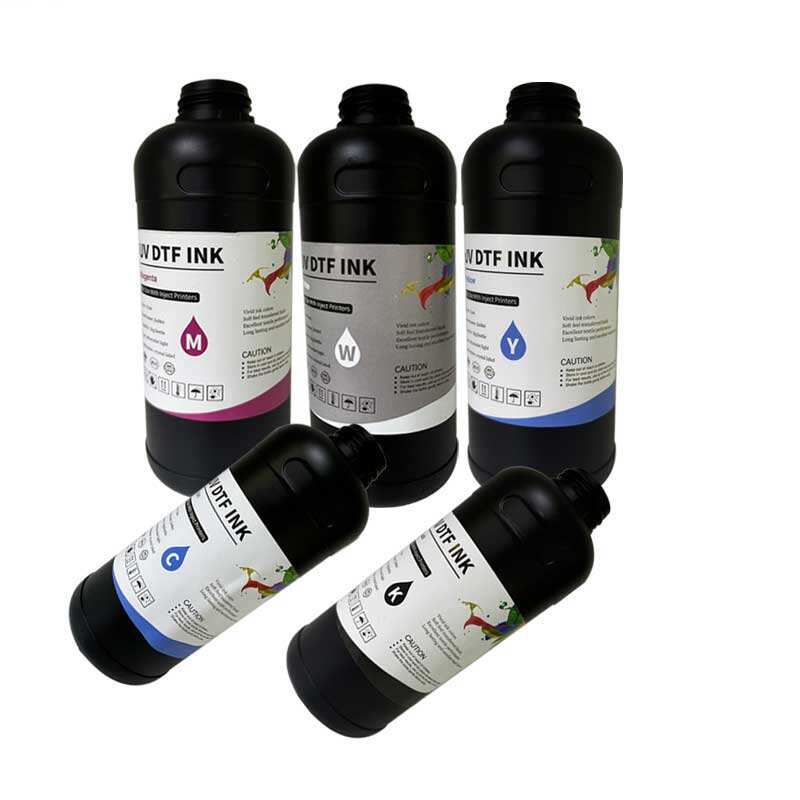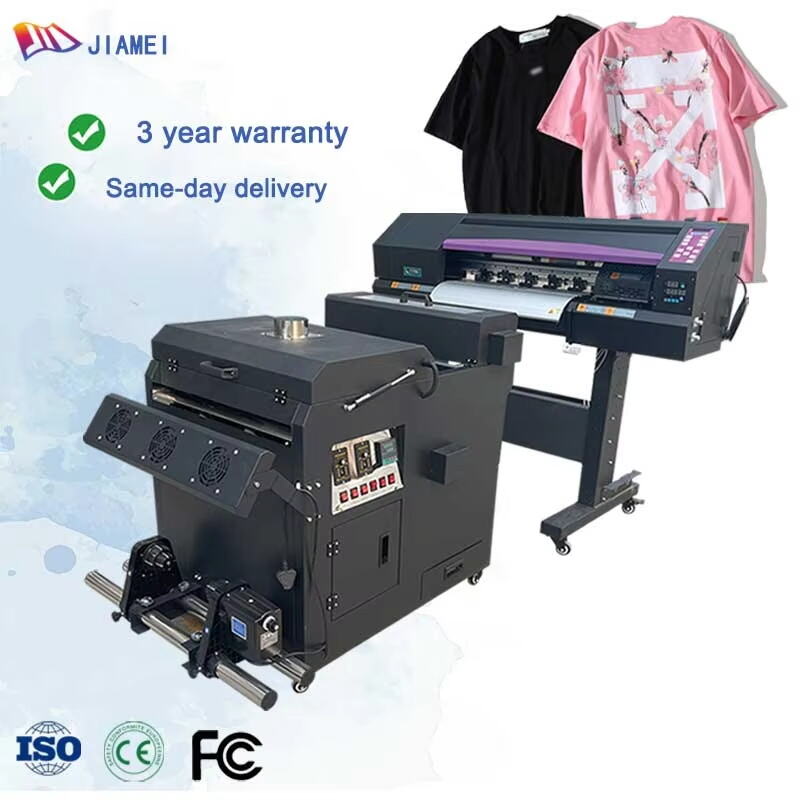screen print stretcher
A screen print stretcher is an essential tool in the screen printing industry, designed to ensure optimal tension and stability in printing screens. This precision-engineered device facilitates the stretching of mesh material across a frame with exact tension control, creating the perfect surface for detailed printing work. The equipment typically features adjustable clamps along its perimeter that grip the mesh securely and apply even pressure during the stretching process. Modern screen print stretchers incorporate pneumatic or mechanical systems that allow for precise tension adjustment, ensuring consistent results across multiple screens. The technology enables operators to achieve and maintain specific tension levels, measured in newtons, which is crucial for different printing applications. These machines can accommodate various frame sizes and mesh types, making them versatile for different printing needs. The stretching process is typically controlled through a user-friendly interface that allows for precise adjustments and monitoring of tension levels in real-time. This sophisticated equipment is built with durability in mind, featuring robust construction that can withstand repeated use in professional printing environments. The integration of advanced tensioning mechanisms ensures that the mesh is stretched uniformly across all axes, preventing common issues such as uneven tension or mesh distortion.


